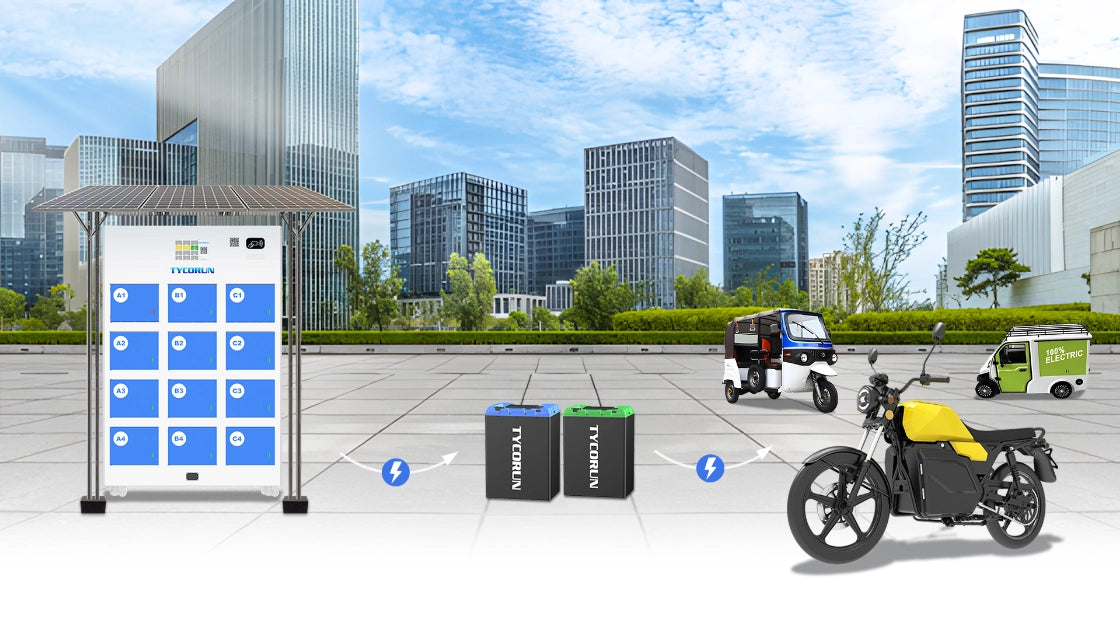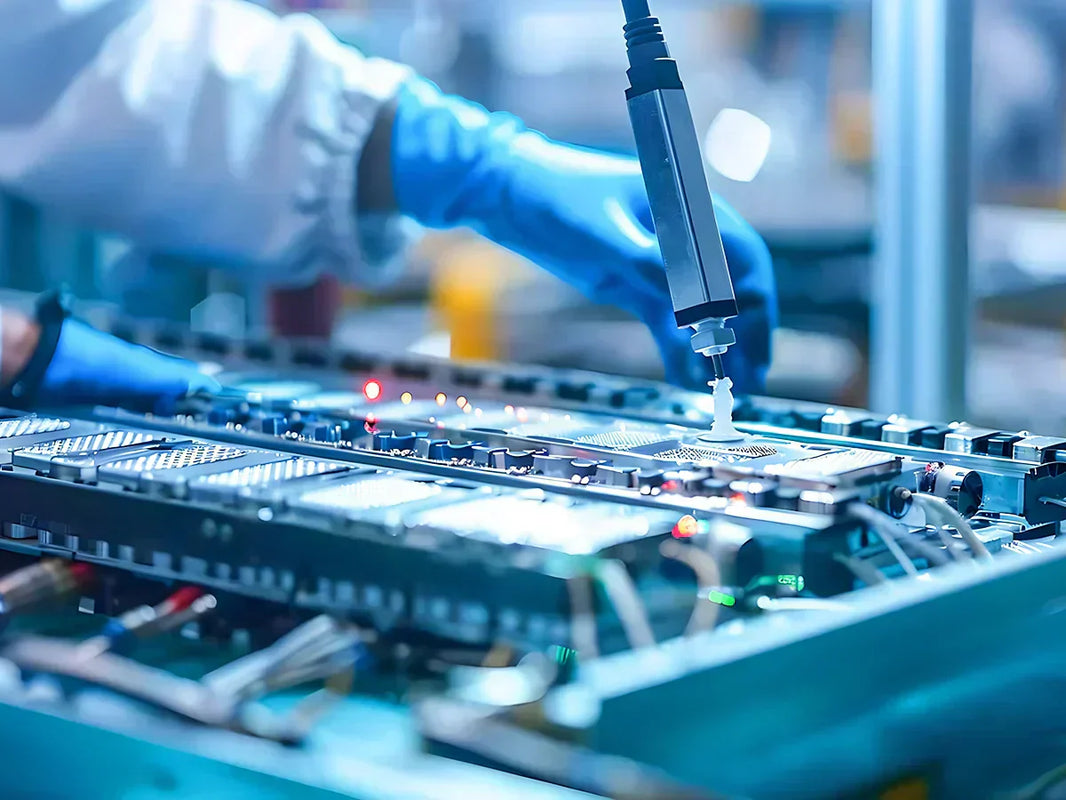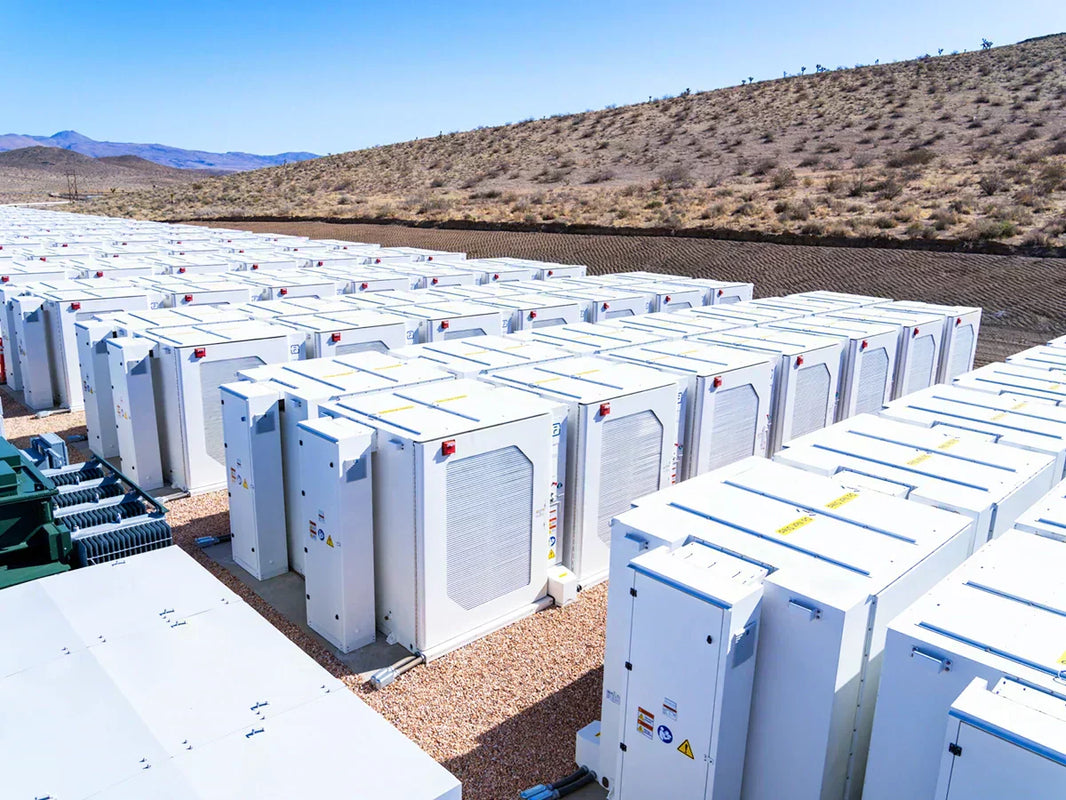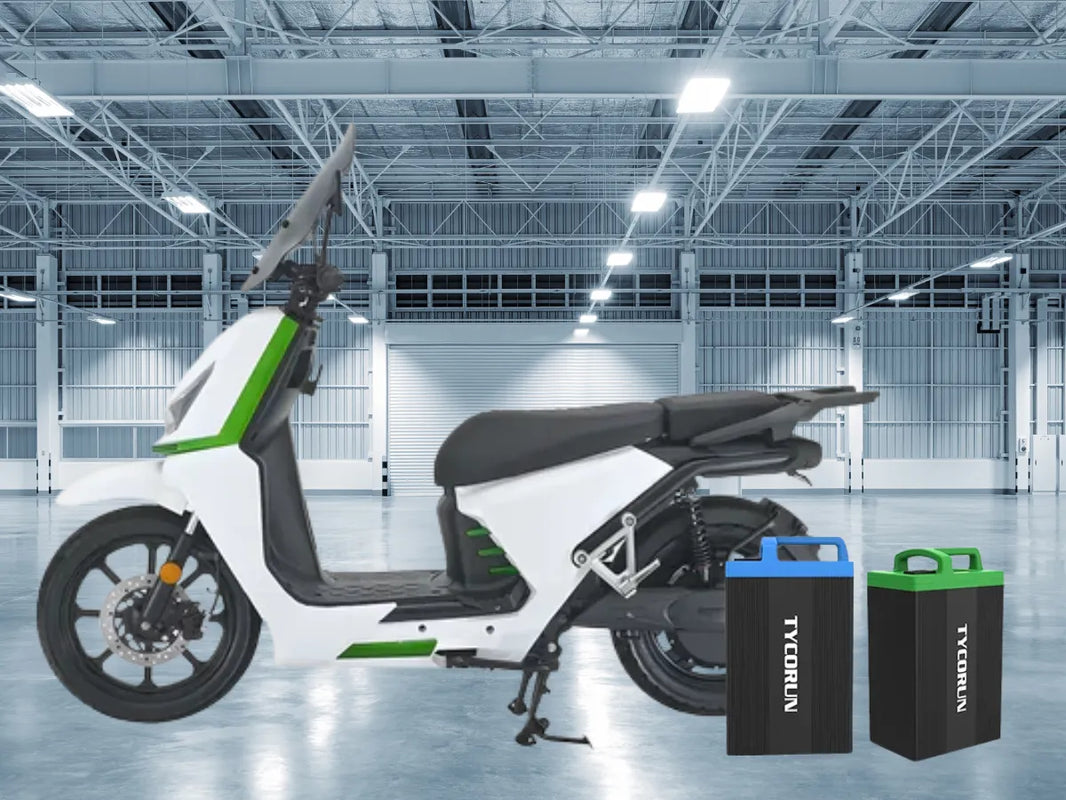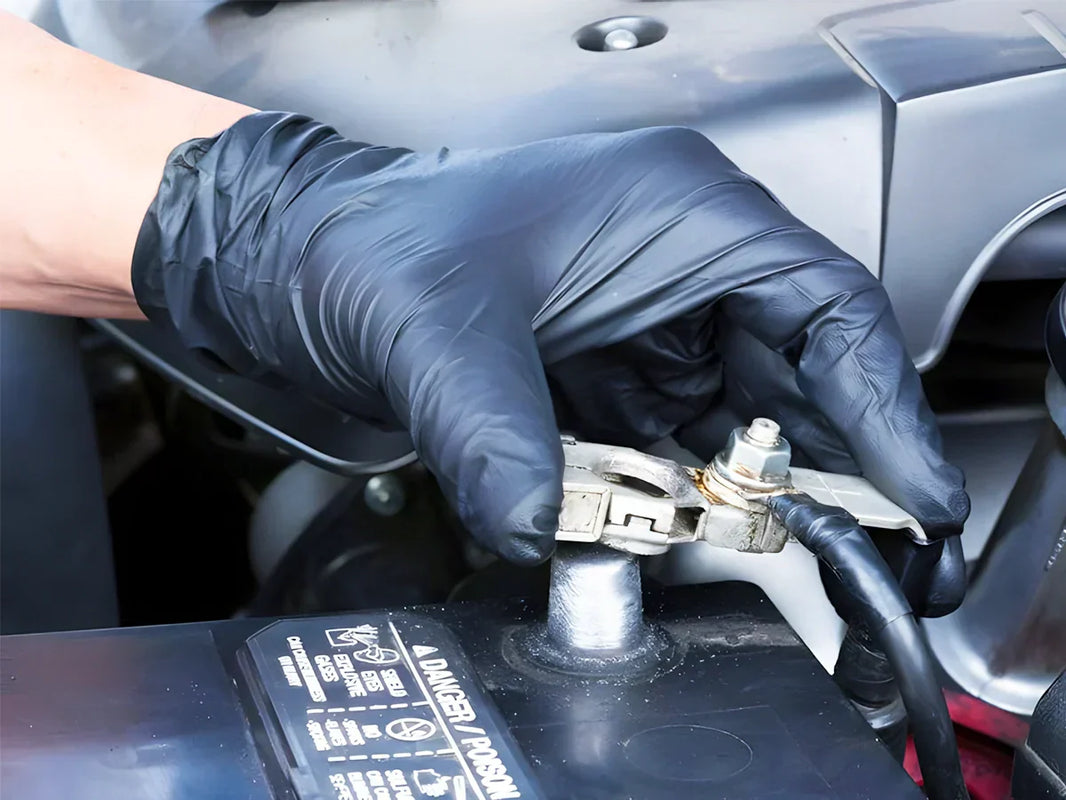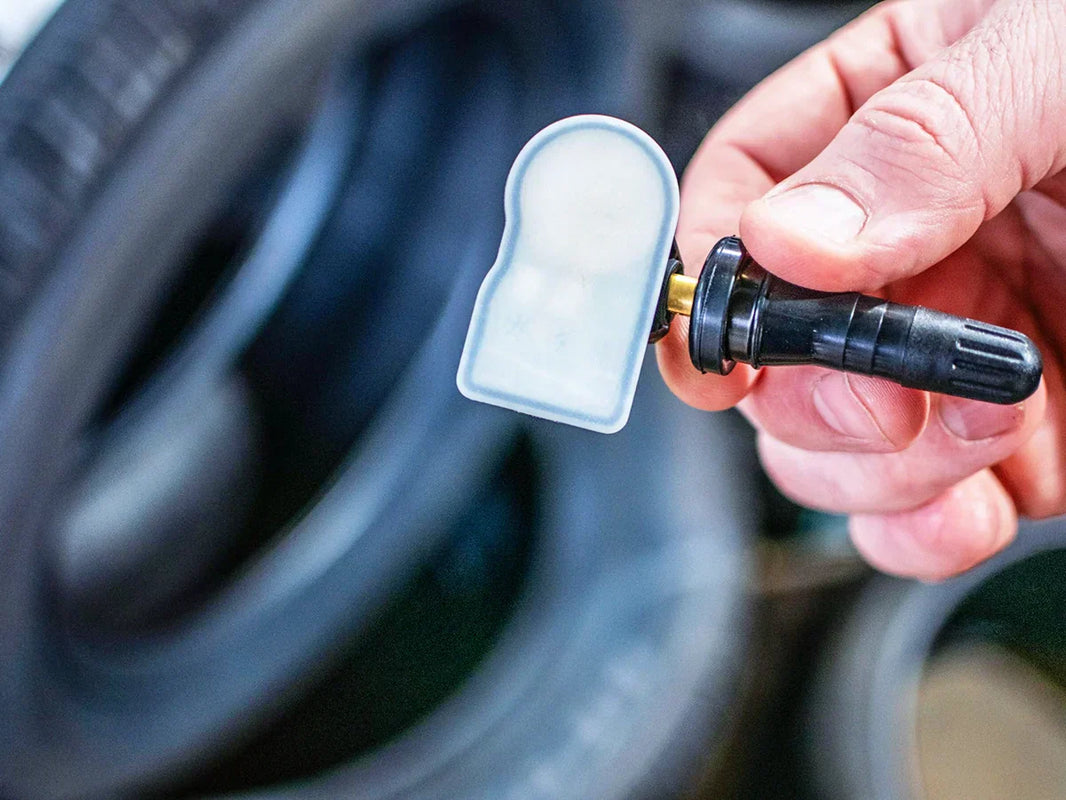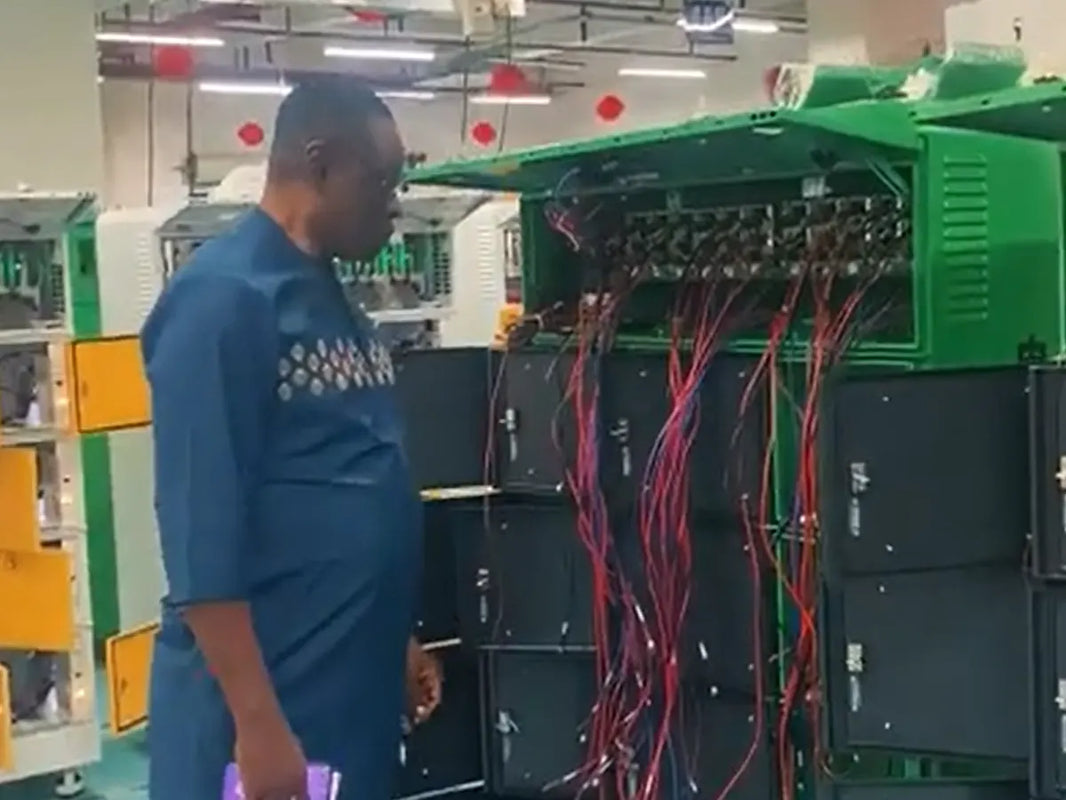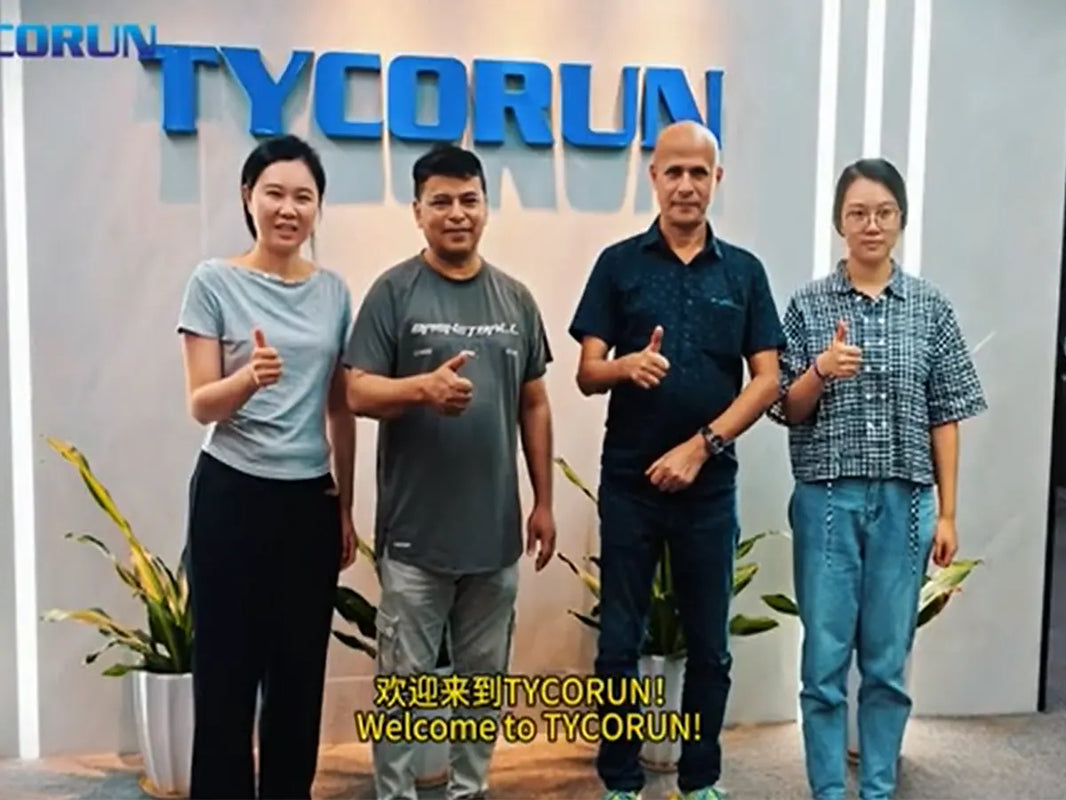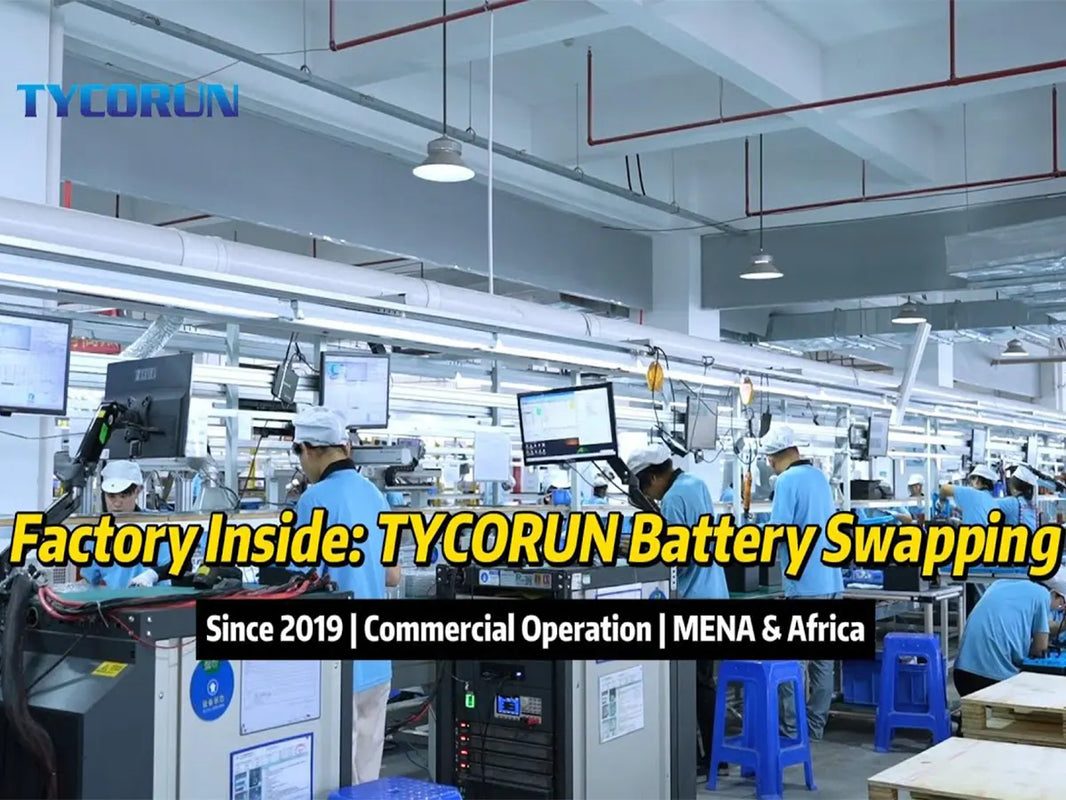
Main content:
- The global market for power batteries
- The realistic challenge of battery power technology
- Balancing battery power technology performance and security challenges
- Dual pressure of policy and cost
- Bottleneck of technological industrialization
- The development trend of battery power technology
- Innovation in high-performance material systems
- Low cost manufacturing process innovation
- High security system design strategy
- Low carbon development path of power battery technology
- Conclusion
Driven by the global energy structure transformation and carbon neutrality goals, the technological development path of battery power technology, as the core component of new energy vehicles, has attracted much attention.
This article systematically analyzes the core issues faced by current power battery technology, such as range anxiety, safety challenges, cost pressure, and environmental constraints. From the dimensions of material innovation, structural design, intelligent manufacturing, and full lifecycle management, it explores the development trend of next-generation battery technology.
The global market for power batteries
With the acceleration of global carbon neutrality, the new energy vehicle market is experiencing explosive growth. According to the latest statistics from the International Energy Agency (IEA), global electric vehicle sales will exceed 14 million units in 2023, accounting for 18% of the overall automotive market share. This number is expected to reach over 35% by 2030. As the "heart" of electric vehicles, power battery technology directly determines the overall performance, safety, and economy of the vehicle, and its innovative development has become a strategic high ground for global industrial competition.
However, the contradiction between battery power technology bottlenecks and market demand is becoming increasingly prominent. On the one hand, consumers' demands for range, charging speed, and low-temperature performance continue to increase; On the other hand, recent frequent battery safety accidents have attracted widespread attention.
At the same time, the policy environment and industrial ecology are undergoing profound changes. The implementation of the EU's new battery regulation (EU) 2023/1542 has established full lifecycle carbon footprint requirements from raw material extraction, product design to recycling, posing a new green trade barrier for Chinese battery companies. On the Chinese side, the utilization rate of power battery production capacity has dropped below 50%, and the industry has shifted from incremental competition to stock optimization stage.
In this context, exploring the next generation battery technology path that balances high performance, high safety, low cost, and low carbonization has important theoretical value and practical significance.

The realistic challenge of battery power technology
Balancing battery power technology performance and security challenges
The core demands of consumers for electric vehicles have always revolved around endurance and energy replenishment efficiency. Research institutions' low-temperature performance tests have revealed that at -20 ℃, the average range degradation rate of the tested vehicle model reaches 42%, with the highest even exceeding 60%, severely restricting the promotion of battery power technology in electric vehicles in cold regions. Even more concerning is the increasingly evident negative correlation between energy density enhancement and safety.
Dual pressure of policy and cost
The global carbon regulatory system is forming new technological barriers. The EU Carbon Border Adjustment Mechanism (CBAM) has included lithium-ion batteries in the first batch of control measures, requiring imported batteries to provide full lifecycle carbon emission data from 2027, and fully implementing carbon tariffs by 2034. This policy puts an average additional cost pressure of 12-15% on Chinese battery companies. At the same time, the industry reshuffle caused by overcapacity has begun.
According to data from the China Power Battery Industry Innovation Alliance, the industry's nominal production capacity will reach 2000GWh in 2023, while the actual output is only 750GWh, with a capacity utilization rate of less than 40%. This structural surplus has caused the price of lithium carbonate to plummet from a high of 600000 yuan/ton in 2022 to around 100000 yuan/ton currently, significantly compressing the profit margins of various links in the industrial chain.
Bottleneck of technological industrialization
In terms of material system, the newly developed silicon material can theoretically increase battery capacity by 10 times. However, just like a balloon that is repeatedly inflated will wrinkle and burst, this material expands rapidly during charging and discharging, causing damage to the internal structure of the battery. This structural instability remains a key obstacle for silicon based battery power technology. Engineers are looking for a solution that can 'breathe' without bursting.
Solid state batteries, which are highly anticipated, should be safer and more durable, but the solid materials inside rub against each other like two pieces of sandpaper, making it difficult to form a smooth current path. Its conductivity efficiency is tens of times lower than existing electrolytes, resulting in a charging speed that cannot reach the ideal state, which is particularly evident at room temperature. These findings underscore the material innovation challenges in solid-state battery power technology.
Although the full tab design of large cylindrical batteries can significantly reduce internal resistance, the yield rate of the ear flattening process is generally lower than 85%, which has become the main bottleneck restricting the mass production of 46 series batteries. Tesla's 4680 large cylindrical battery adopts innovative design, which theoretically can achieve faster charging. However, in actual production, the product quality qualification rate does not meet the standard. According to Tesla's Battery Day presentation's disclosed data, the mass production progress of its 4680 battery has been delayed by at least 18 months compared to the original plan, fully reflecting the complexity of the battery power technology industrialization.

The development trend of battery power technology
Innovation in high-performance material systems
The evolution of battery power technology materials presents a diversified path. Rich lithium manganese based cathodes (Li[Li₁ₓ(MnNiCo)ₓ]O₂) have become strong competitors in breaking through the 400Wh/kg energy density barrier due to their theoretical specific capacity of over 300mAh/g and low-cost advantages. The latest research from the University of Science and Technology of China has successfully solved the long-standing problem of voltage decay that has plagued this technology.
In the field of negative electrode materials, the silicon carbon composite route (Si/C) has been industrialized and applied. The silicon oxygen negative electrode (SiOx) used in Tesla 4680 battery increases the energy density of the individual cell by about 20%. The "Kirin Battery" launched by CATL uses graphene coating technology to increase the silicon content to over 10%, while maintaining a capacity retention rate of over 80% after 1000 cycles.
The breakthrough of solid-state electrolytes is particularly noteworthy. Toyota plans to mass produce electric vehicles equipped with sulfide solid-state batteries in 2027, claiming a breakthrough performance of achieving a range of 1200 kilometers on a 10 minute charge. On the Chinese side, the semi-solid state battery developed by WeLion New Energy has achieved an energy density of 360Wh/kg and has been successfully applied to the NIO ET7 model, marking the first commercial stage of the solid-liquid hybrid technology route.
Low cost manufacturing process innovation
Breakthroughs in battery power technology manufacturing, dry electrode technology is disrupting the traditional manufacturing paradigm. The latest dry manufacturing technology is like pressing the "fast forward button" for battery production - compared to traditional methods, it not only reduces production costs by 30%, but also sharply reduces energy consumption by 60%, which is equivalent to labeling each battery as "environmentally friendly and energy-saving". Maxwell Technologies, acquired by Tesla, has achieved mass production of dry electrodes in supercapacitors. After the transformation of its battery production line, it is expected to reduce the production cost of 4680 batteries to below $70/kWh.
Of course, new technologies still need to overcome some difficulties. Just like making a cake requires even mixing of ingredients, scientists are using artificial intelligence to solve the problems of material mixing uniformity and structure. The AI driven research and development model significantly accelerates the material discovery process. Microsoft Research has collaborated with Pacific Northwest National Laboratory to use AI to screen 32 million potential material combinations and discover a super conductive new material in just 80 hours. This AI-driven paradigm is revolutionizing battery power technology development. In addition this research and development speed is hundreds of times faster than traditional methods, equivalent to compressing years of development into a few days.
On the manufacturing side, CATL's "Lighthouse Factory" achieves the birth of a battery pack every 1.7 seconds through industrial AI, faster than the blink of an eye. Through digital twin technology, engineers can simulate and optimize the entire production process in a virtual world, cutting in half the time for new product development and controlling the product defect rate to one in a billion, which is equivalent to producing continuously for 100 years without a single defective product.
High security system design strategy
The power battery fire accident has sounded the alarm for the industry and promoted the concept of multi-level protection to people's hearts. Safety innovations are redefining battery power technology. The "Qilin Battery" system proposed by Contemporary Amperex integrates triple safety design. And this multi-level protection strategy of "prevention barrier guidance" ensures that the battery pack does not catch fire or explode within 24 hours after passing the needle puncture test. Significant breakthroughs have been made in wide temperature range technology.
BYD's latest "Blade Battery 2.0" adopts self heating electrolyte and pulse heating technology, which can heat the battery to working temperature in -40 ℃ environment in just 5 minutes, with a low-temperature endurance retention rate of 75%. The low-temperature electrolyte developed by the Beijing Institute of Technology team reduces the Li+desolvation energy barrier to below 15kJ/mol by introducing fluorinated carbonate co solvents, achieving normal operation in extreme environments of -60 ℃ and providing possible solutions for special scenarios such as polar scientific research.
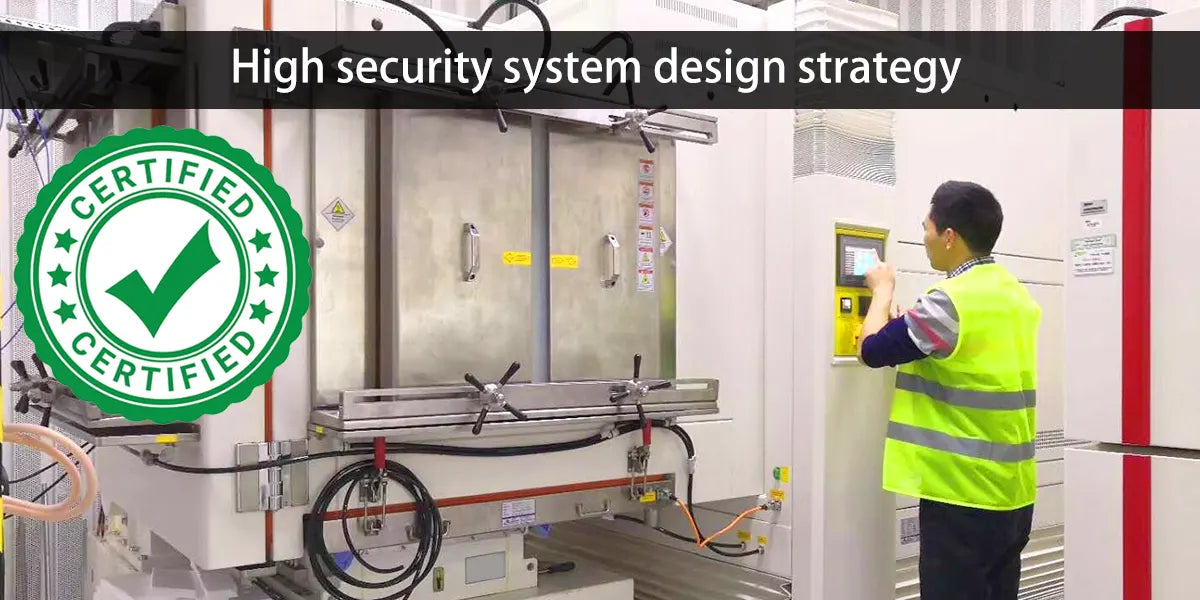
Low carbon development path of power battery technology
The closed-loop recycling system is becoming increasingly perfect. The "directional circulation" technology developed by Huayou Recycling can achieve a recovery rate of over 99% for nickel, cobalt, and manganese in positive electrode materials, and the performance of recycled materials can reach the level of raw materials. The EU Battery Passport requires that from 2027 onwards, all batteries sold must disclose over 70 data items, including the proportion of recycled materials and carbon footprint, forcing companies to establish a full lifecycle management system.
CATL's Thuringia factory in Germany has reduced carbon emissions per kWh of battery production to below 15kgCO₂-eq through a photovoltaic energy storage+green power procurement model, which is 80% lower than the industry average. The standardization process accelerates industry integration.
The Chinese standard for "Specification and Dimensions of Power Batteries" (GB/T34013-2023) has streamlined the existing 145 specifications into 11 series, which is expected to reduce research and development costs for enterprises by more than 30%. The BMW Neue Klasse platform uses standard 46 series large cylindrical battery cells, which reduce battery system costs by 40% through universal design. This platform based strategy not only optimizes the scale effect of production, but also provides convenience for subsequent hierarchical utilization and recycling processing.

Conclusion
This article provides an in-depth analysis of battery power technology evolution from the balance problem between high energy density and safety, and proposes a safety improvement path of "material structure management" collaborative optimization. Research has shown that innovative technologies such as solid-state batteries, large cylindrical batteries, and intelligent battery management system will become the mainstream development direction in the future, while dry process technology, AI assisted design, and battery standardization constitute key breakthroughs in cost reduction and efficiency improvement. Finally, this article constructs a low-carbon development framework that encompasses technology research and development, industry collaboration, and policy support, providing theoretical reference for the sustainable development of the power battery industry.
Related articles: Top 10 power battery cell manufacturers, Top 10 lithium power battery cell can companies in the world, Top LiFePo4 power battery companies in the world

